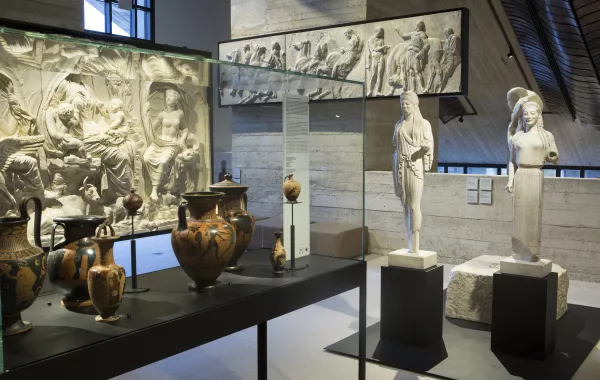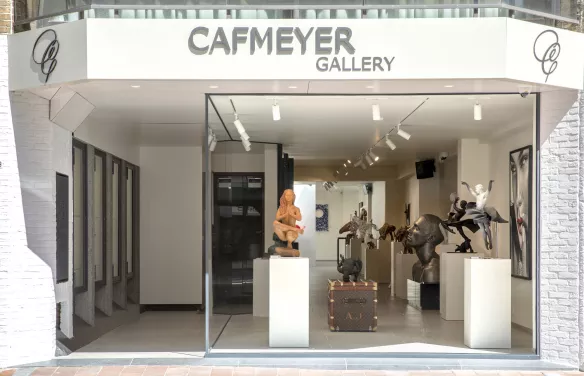

For those professionals who need to showcase objects – whether to be studied, admired or purchased – light reflection is more than a nuisance, it’s a mission-critical problem. Great displays catch the eye and draw customers in, or show off art in its full splendour. AGC decided to solve this problem of disagreeable light reflection once and for all. Conventional glass used in shop windows and displays reflects up to 8% of visible light, which is what causes the mirror-like effect that people find so distracting.
While an anti-reflective coating had already been developed and manufactured at AGC in Japan, the same was not true of our European branch. Keen to harness this technology, AGC Glass Europe tapped into the international AGC R&D network and, thanks to extensive international teamwork, expertise and knowledge sharing, successfully transferred this technology to Europe.
Clearsight was born!

Clearsight is now produced at AGC’s plant in Cuneo, Italy. It is an anti-reflective glass with a special coating on one side that reduces light reflection to a mere 0.8%, far lower than conventional glass. When viewed from the outside, the glass appears highly transparent and does not reflect its surroundings. In Europe we offer this exclusive anti-reflective coating on our highly transparent, low-iron glass and produce it in various dimensions.
Clearsight is practically invisible to the eye and gives customers that all-important clear view of the paintings and products behind the glass. Mission accomplished!


